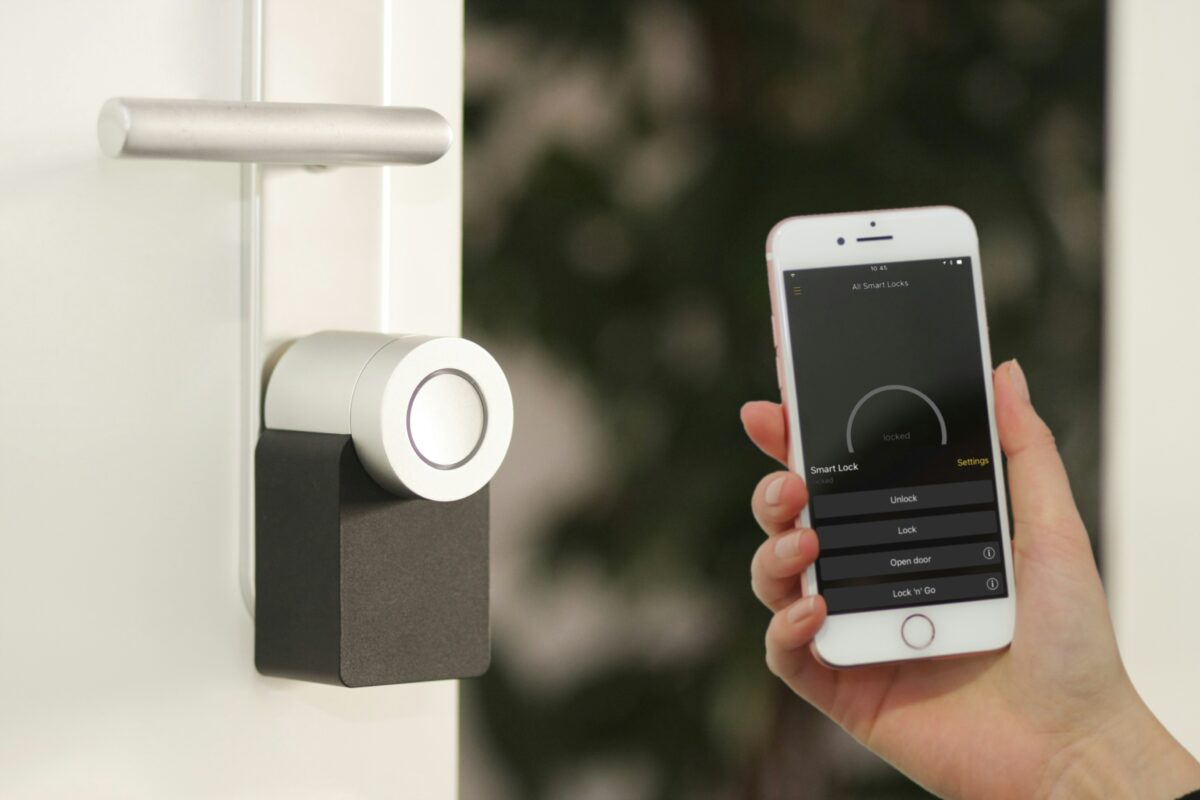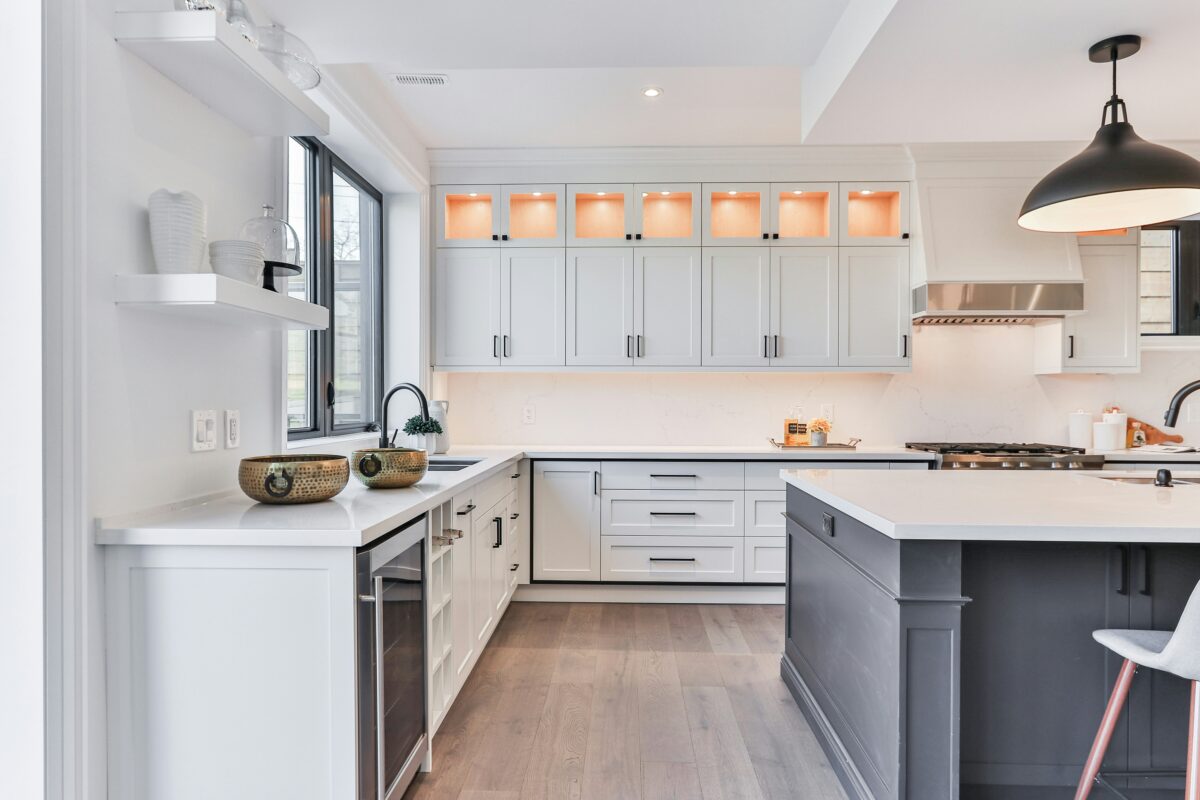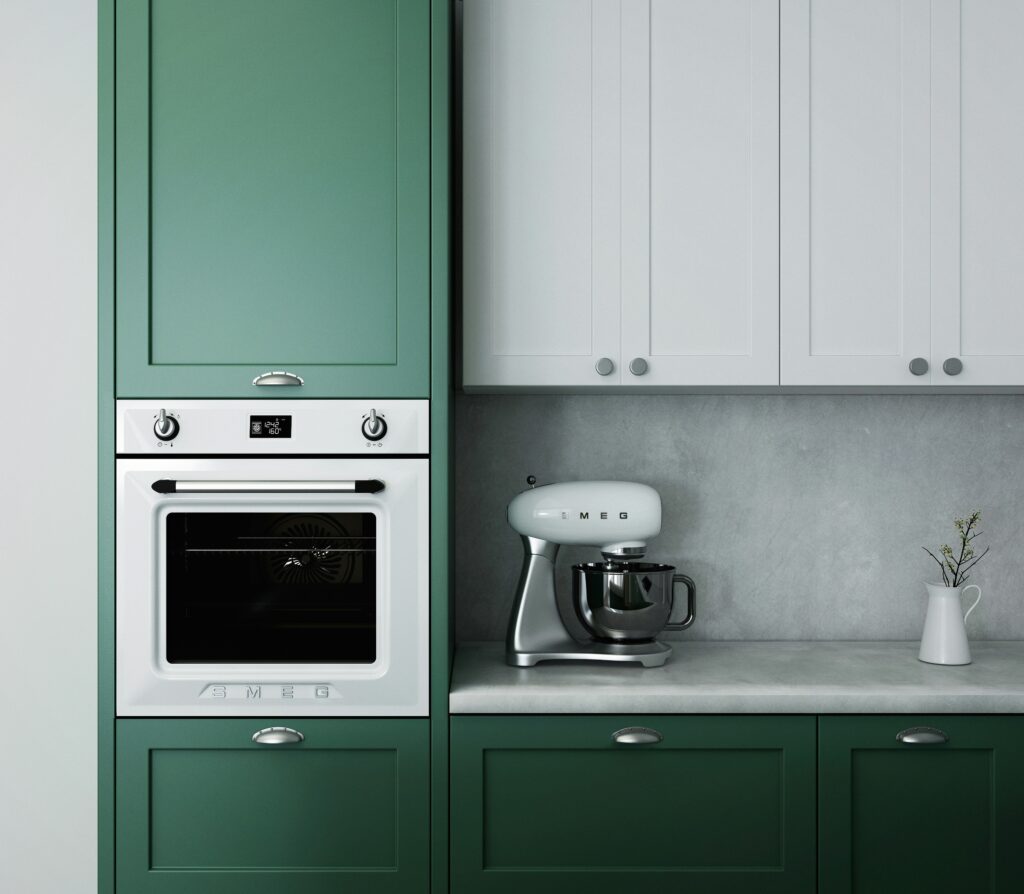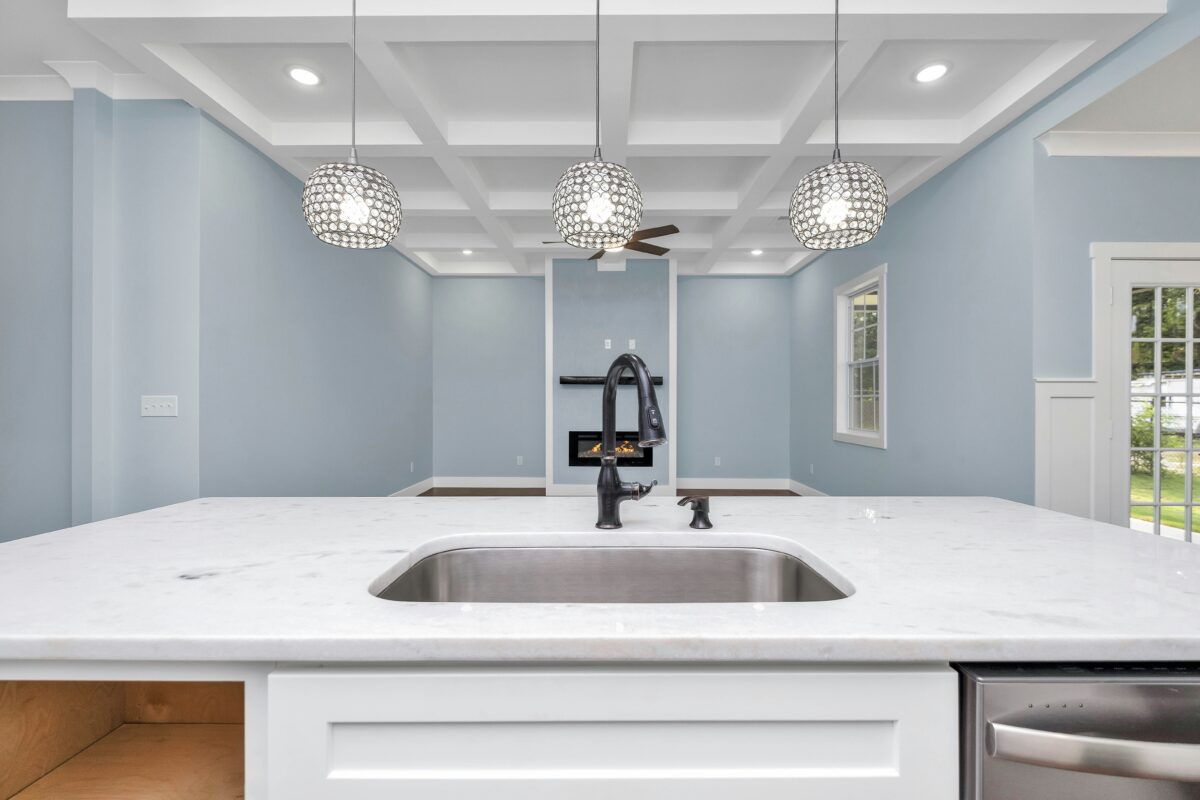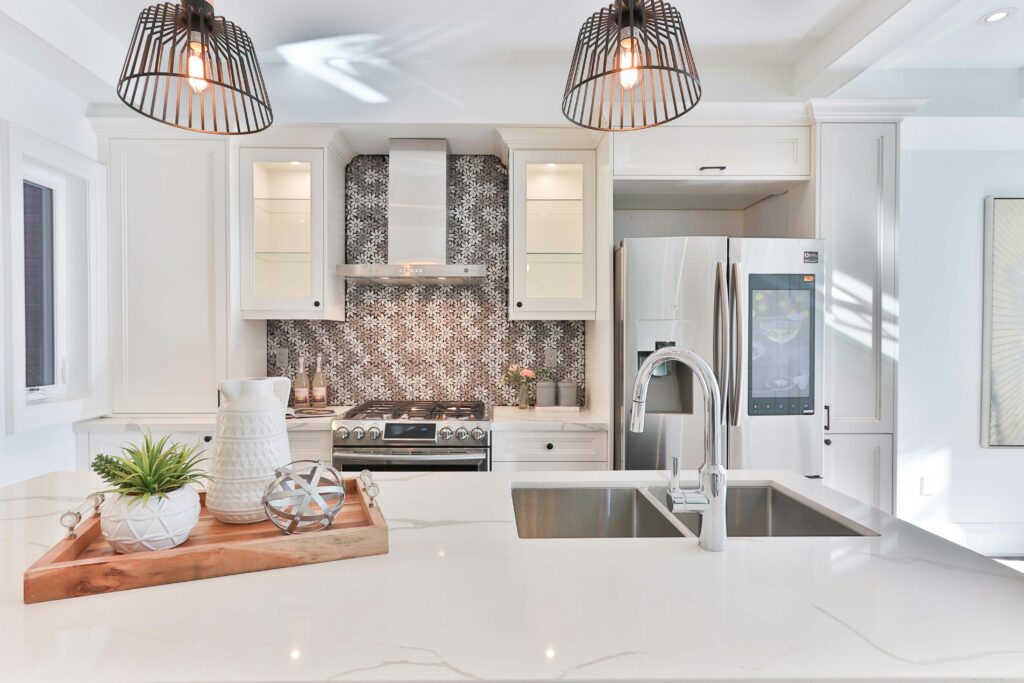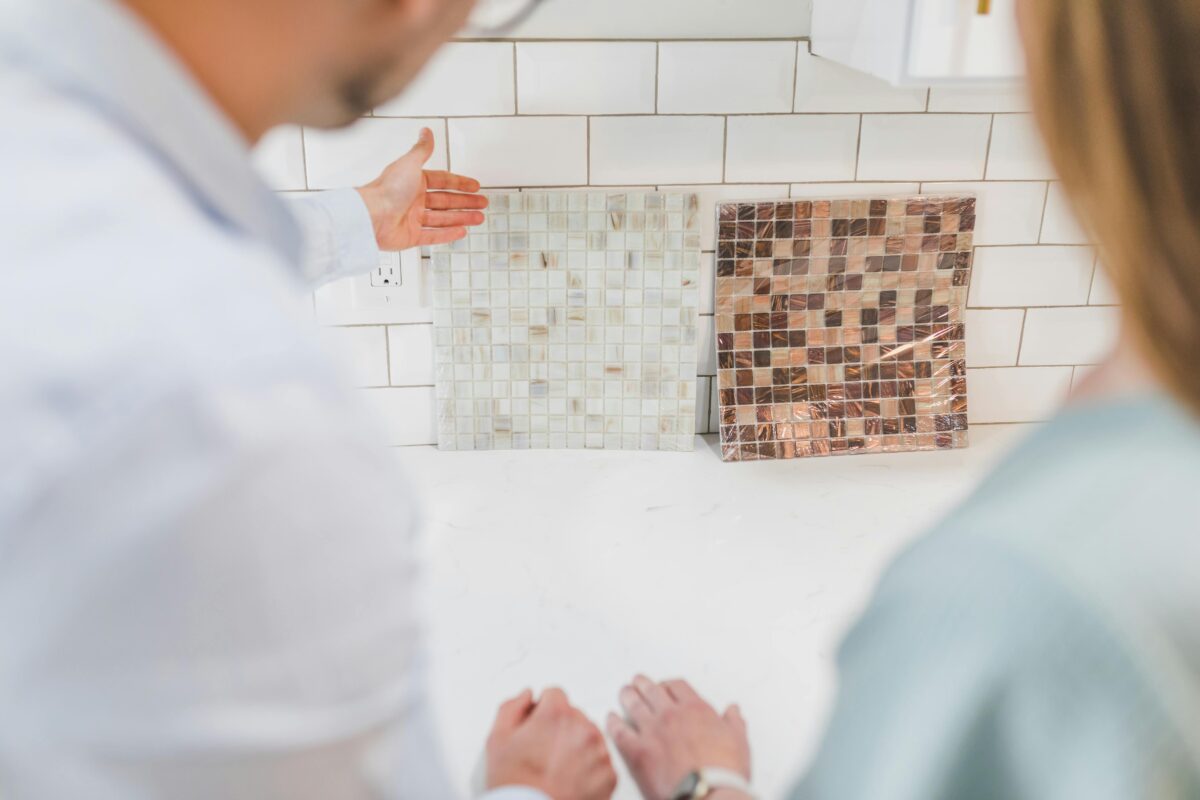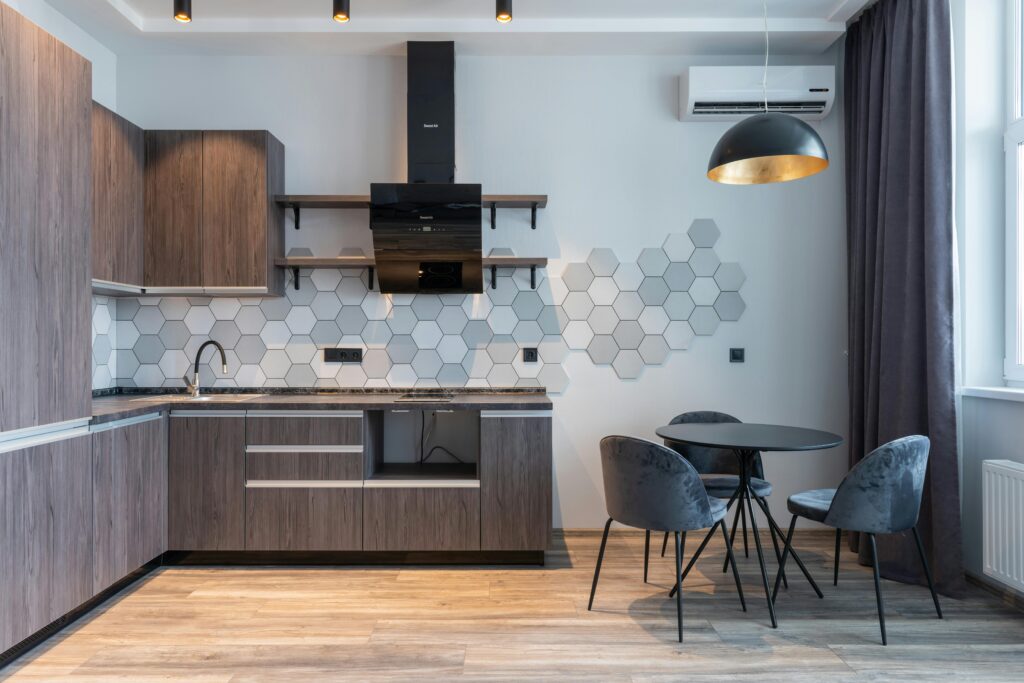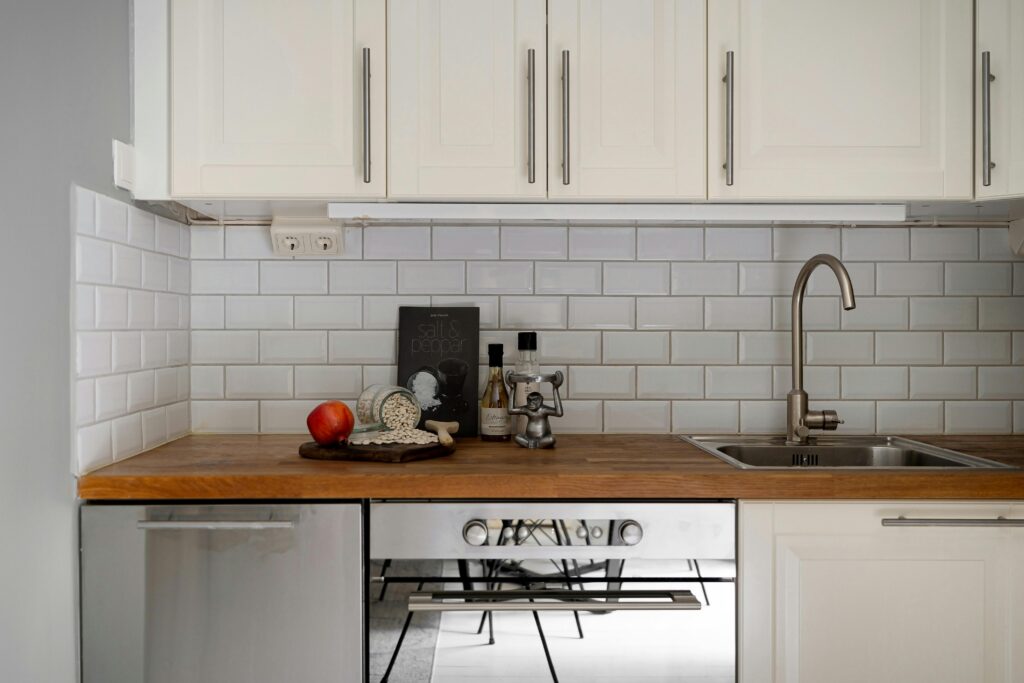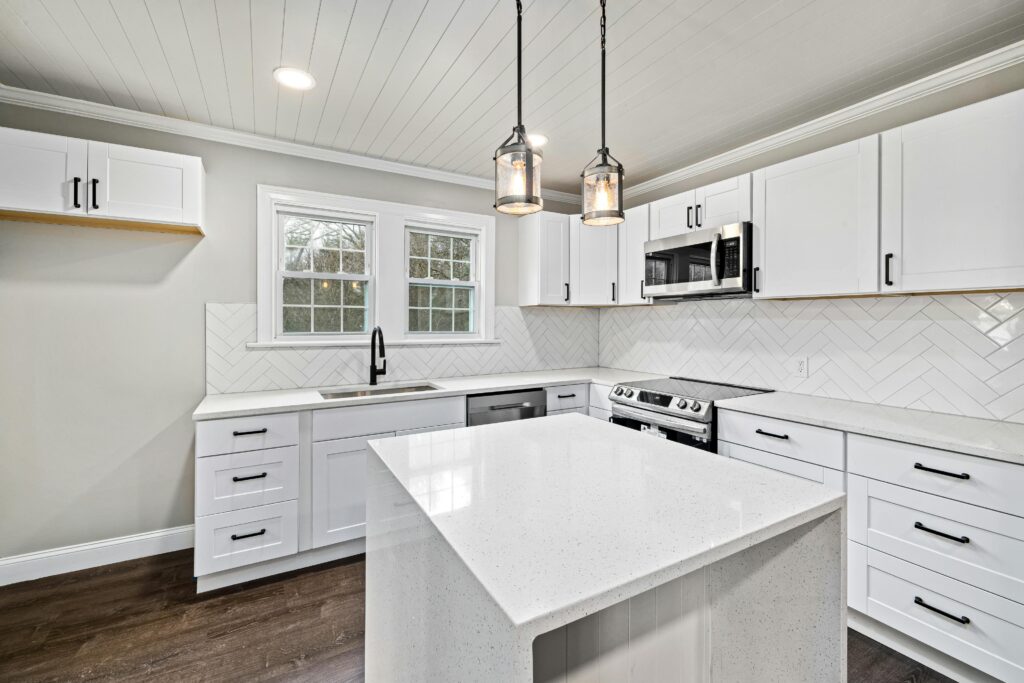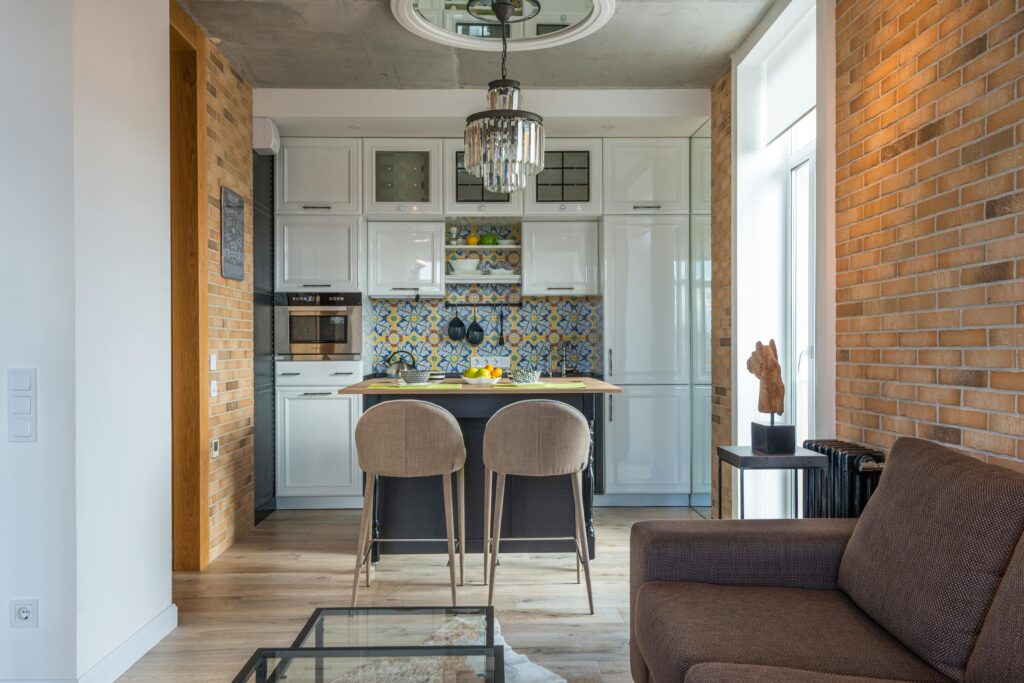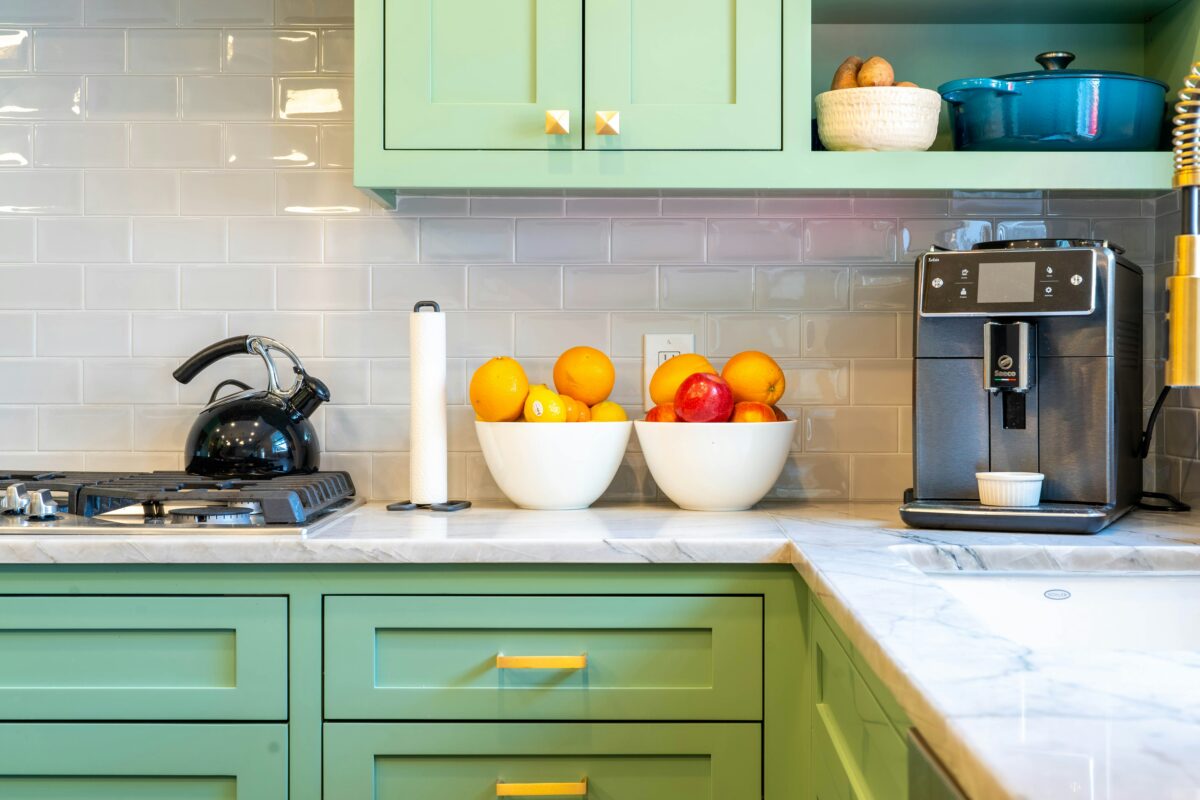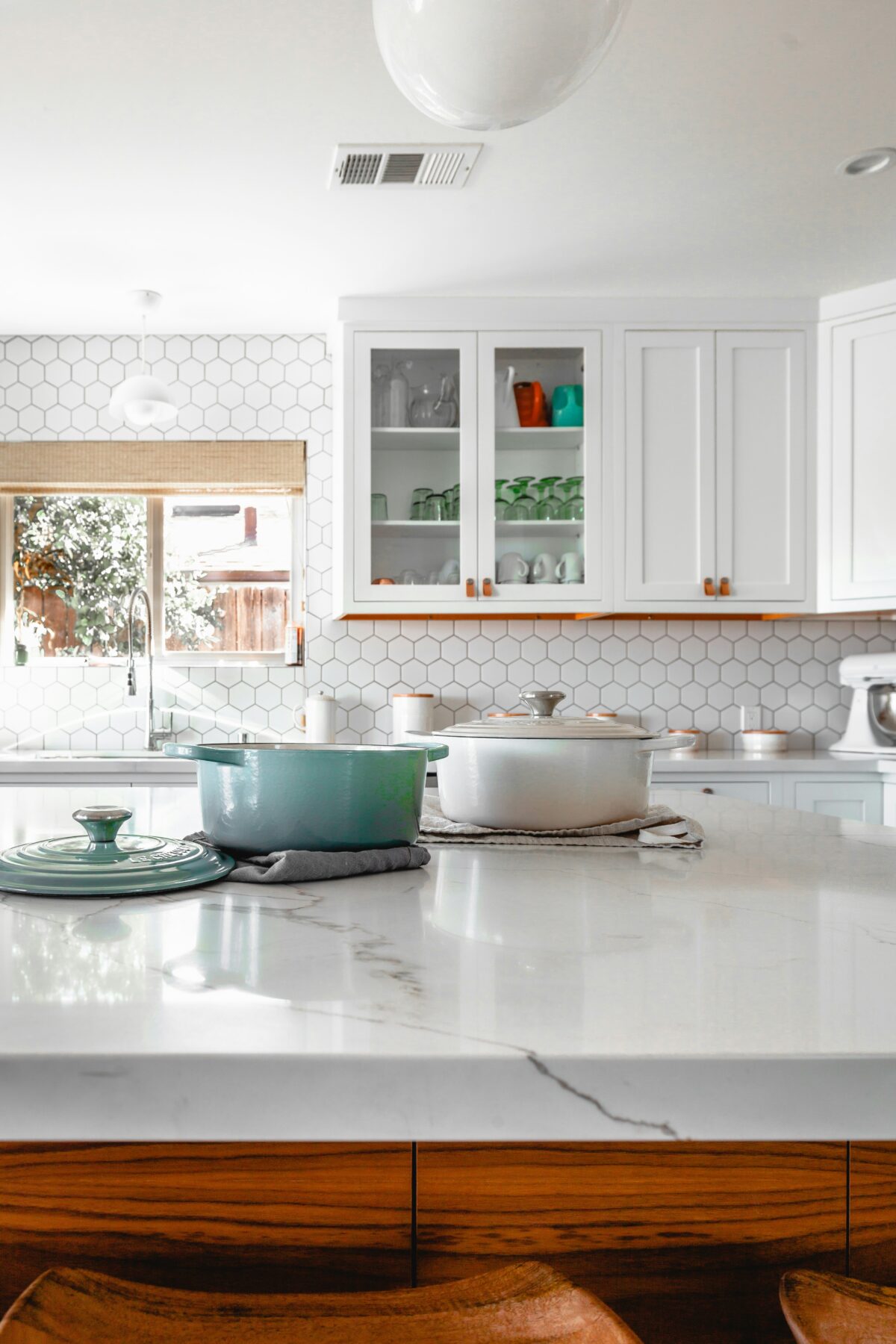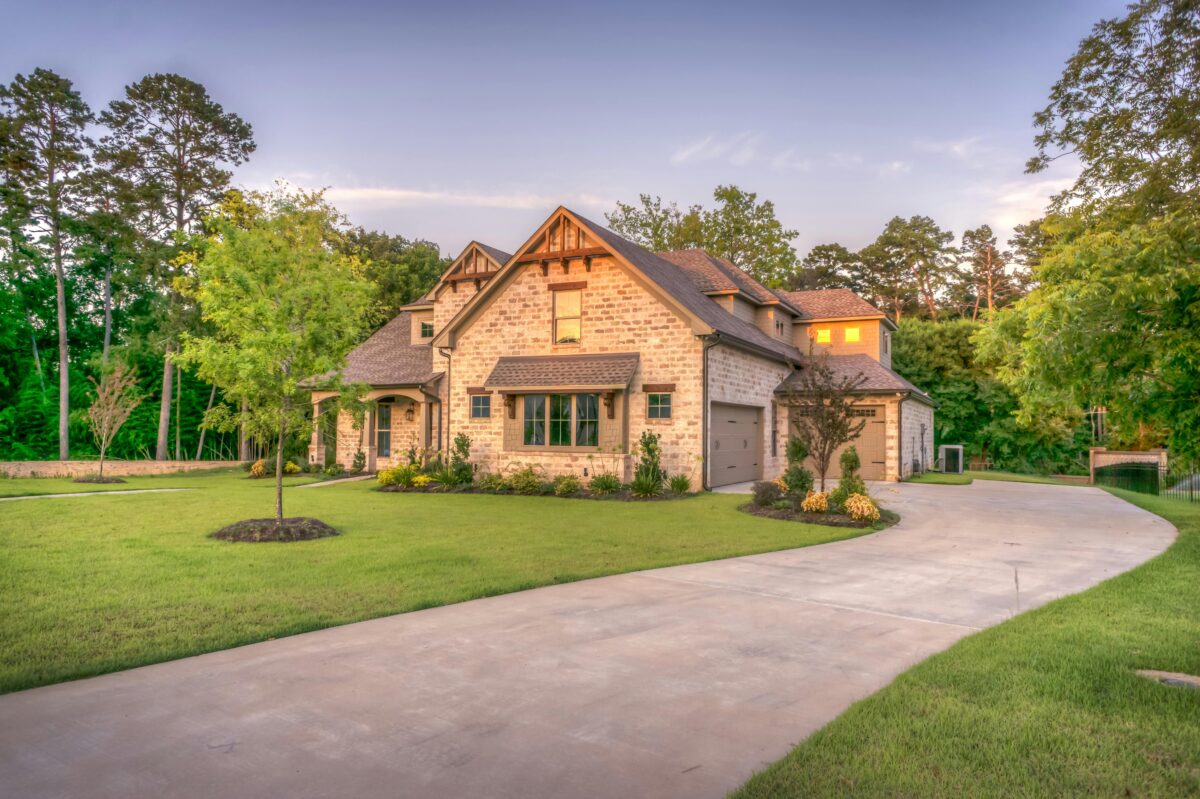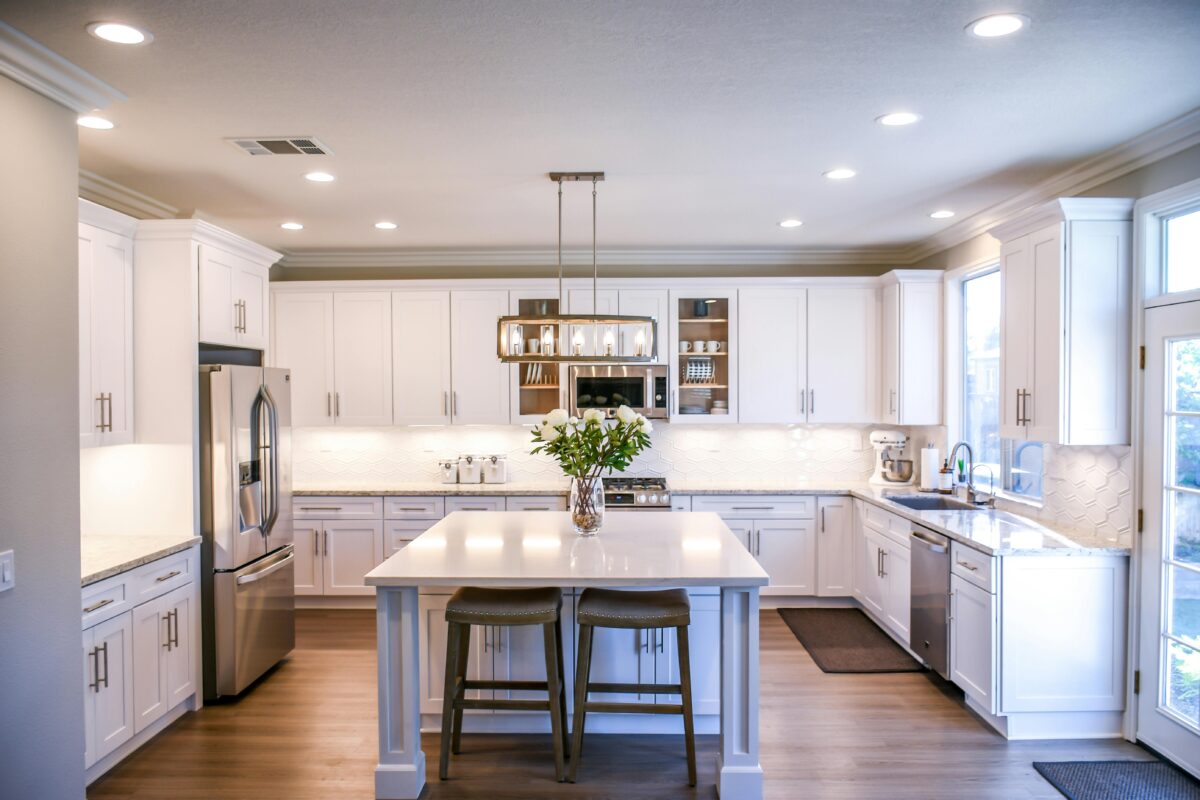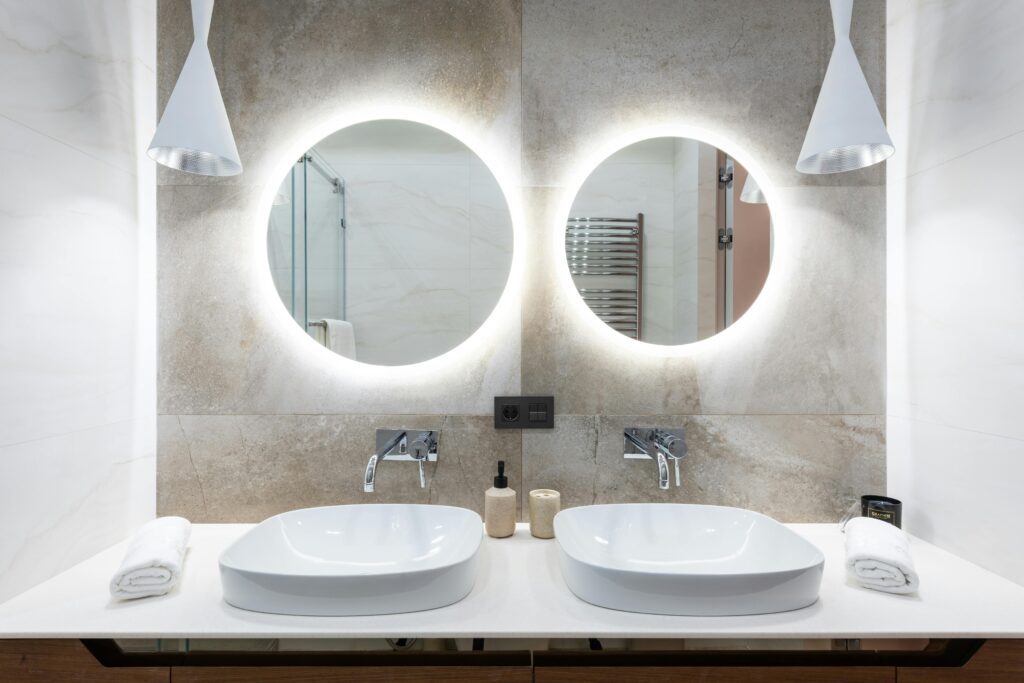Smart Home Appliances that Boost Resale Value for Custom Built Homes
Why Smart Home Features Matter?
In today’s market, building a custom home isn’t just about aesthetics, it’s also about smart functionality. Homebuyers are increasingly looking for custom built homes equipped with modern technologies that enhance convenience, security, and efficiency. Michigan home builders are meeting this demand by incorporating innovative smart features into new homes. Installing smart appliances is a forward-thinking way to increase your home’s value and attract future buyers.
Smart Appliances that Make an Impact
Smart appliances are more than futuristic gadgets, they’re powerful upgrades that increase day-to-day convenience and your home’s market appeal. Here’s a list of smart home appliances worth considering when looking to increase your home’s resale value.
1. Smart Thermostats
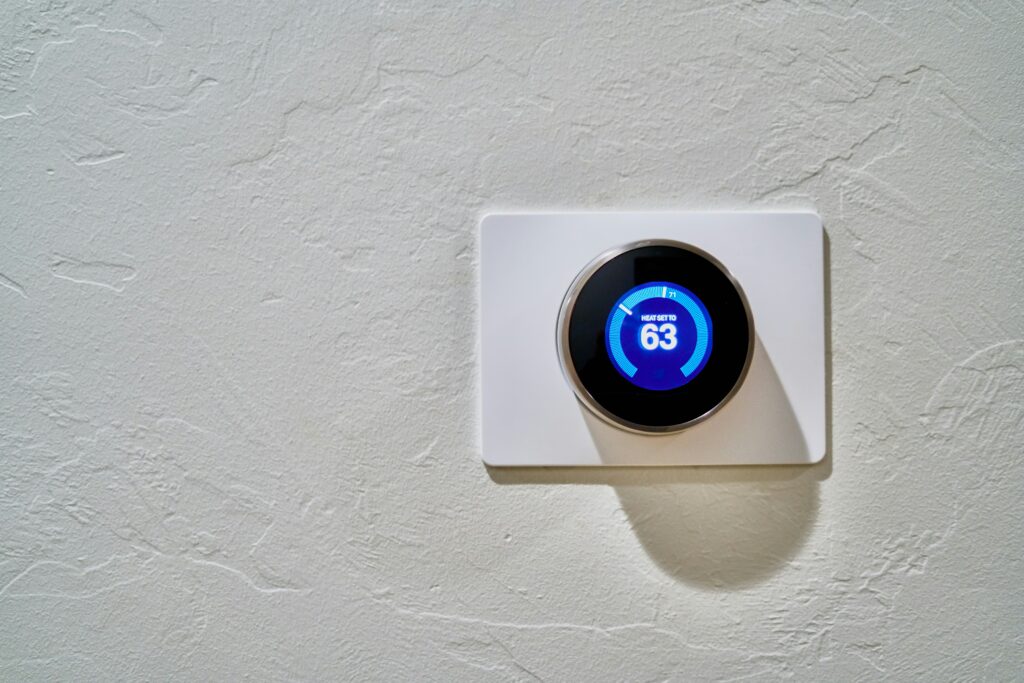
- Automatically adjust the temperature of your home to your schedule and preferences.
- Significantly lowers energy bill by remotely adjusting the temperature remotely through an app on your phone.
- Most smart thermostats are compatible with voice assistants like Alexa and Google Home.
Homes with smart thermostats are often viewed as energy-efficient, which appeals to eco-conscious buyers and first-time homeowners alike.
2. Smart Refrigerators
- Smart fridges are equipped with touchscreen controls, internal cameras, and smart inventory tracking.
- Send shopping lists, suggest recipes, and connect to your phone to easily integrate with your shopping and cooking routines.
- Helps homeowners reduce food waste and streamline meal prep.
A sleek, tech-savvy fridge makes your kitchen stand out in showings and online listings, especially in high-end custom homes.
3. Smart Ovens & Ranges
- Preheat your oven from your phone.
- Voice-controlled timers and recipe syncing features.
- Some models offer internal cameras so you can monitor food from anywhere.
Smart kitchen appliances can set your home apart in a competitive market, especially by appealing to buyers who want modern convenience of a move-in ready home.
4. Smart Washers & Dryers
- Remote start/stop and push notifications for cycle completion.
- Load-sensing and water-saving features can reduce utility costs.
- Ideal for busy households or rental properties.
Energy efficiency, time savings, and sleek designs give these appliances major buyer appeal, especially among families.
5. Smart Security: Video Doorbells & Systems

- Real-time video monitoring, motion detection, and two-way communication.
- Integration with smart locks and garage systems.
- Customizable alerts via smartphone.
Security upgrades are a high priority for homebuyers and can significantly increase perceived home value, especially in suburban or family-oriented communities.
Advantages of Smart Home Appliances for Custom Built Homes
The advantages of implementing smart home appliances into your custom build are plentiful. Smart home appliances are easy to integrate into your custom build during the initial building phase. This means that you can plan the integration of these smart features from day one, all while avoiding costly post-construction upgrades. The placement of these features are also easily customizable to your unique preferences and needs, allowing you to future-proof your home with smart systems in any manner you see fit.
Additionally, implementing smart features into your custom build serves as a great way to boost the resale value of your home. Smart features can aid in increasing the perceived value of your home, as homes with smart appliances often sell faster than homes that lack these modern technologies. Implementation of smart technologies into your home’s custom build can appeal strongly to younger, tech-savvy buyers. These technologies, particularly energy-efficient ones, can justify a higher initial asking price for potential buyers, all while creating a “move-in ready” impression to further enhance the perceived value of your property.
Thinking About Building a Custom Home?
If you are looking to build your dream home, Eagle Creek Homes is a West Michigan home builder that specializes in custom built homes, designed with your lifestyle and future resale value in mind. We can help you build a home that’s beautiful, functional, and future-proof. Ready to explore smart upgrades in your dream home? Contact Eagle Creek Homes to learn more about your custom home build.

